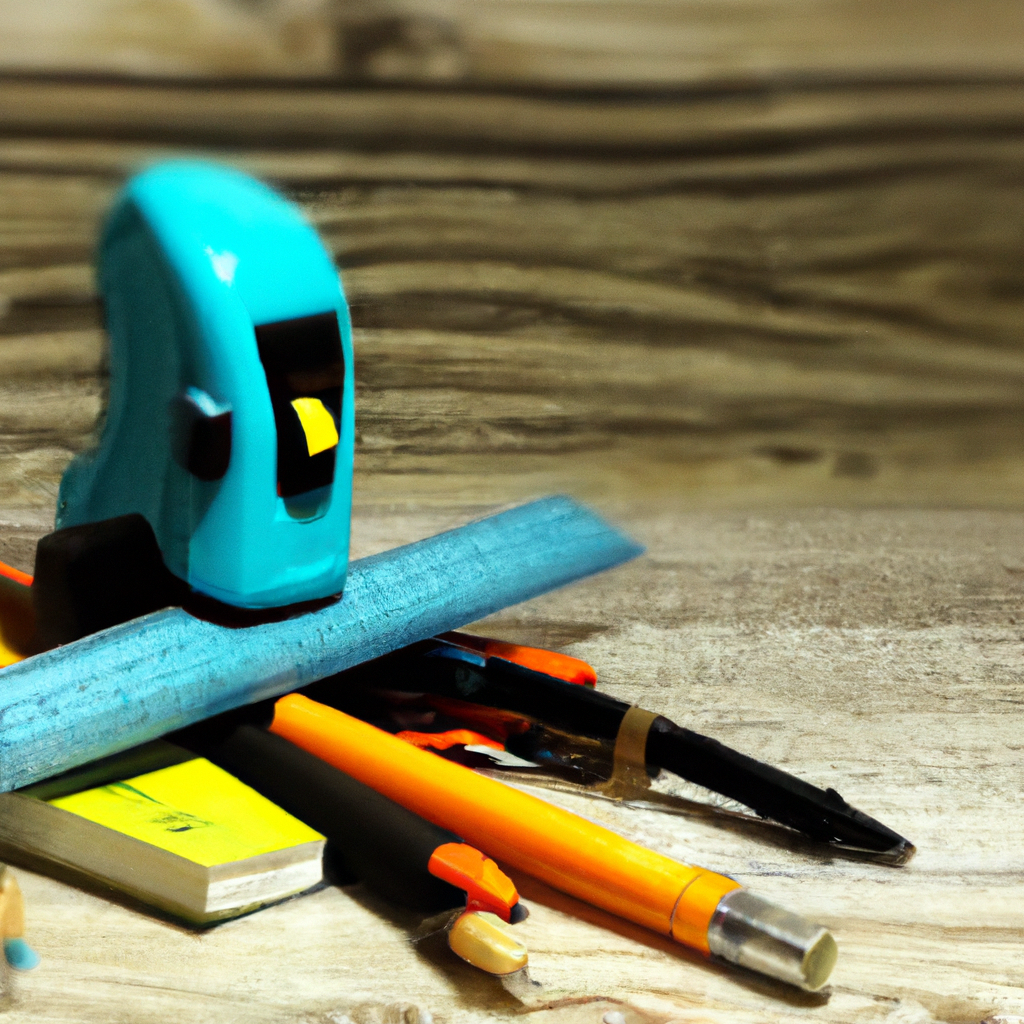
The Evolution of Carpentry Techniques: From Traditional Craftsmanship to Modern Practices in Carpentry Schools
Build Your Future: Enroll Now at the Premier Carpentry School!
When I was a kid, my granddad used to let me hang around his little workshop at the back of the house. He was an old-school carpenter, and boy, did he have stories! He’d often talk about how carpentry had changed over the years, and I’d watch in awe as he crafted beautiful pieces of furniture using nothing but hand tools and a whole lot of patience. It felt like magic watching those rough wooden planks transform into something both useful and beautiful. That’s where my love for woodworking began.
Now, if you’ve ever picked up a saw or hammer yourself, you know it’s not just about cutting wood—it’s about creating something tangible from scratch. Back in my granddad’s day, carpentry was all about traditional craftsmanship. We’re talking chisels, mallets, planes—the works! He’d always say there was something special about working with your hands and understanding the wood grain.
But times change, don’t they? Fast forward to today’s world where carpentry schools are teaching students not only these age-old techniques but also modern practices that make use of some pretty nifty tools and technologies. It’s fascinating how carpenters now blend tradition with innovation.
Take Joe for instance—a buddy I met at one of those weekend woodworking classes. Joe is what you’d call a tech-savvy craftsman; he started out as an apprentice under an old carpenter much like my granddad but later enrolled himself in a carpentry school to learn more about modern techniques. There he got introduced to power tools that cut down on time without sacrificing precision: circular saws, nail guns—you name it!
In these schools today, students get their hands on everything from laser-guided tools (yeah seriously!) to CNC machines which can carve intricate patterns almost effortlessly compared to doing it by hand—which would take hours if not days! This doesn’t mean they skip learning traditional skills though—it’s quite the opposite actually—they build their foundation on them before diving into high-tech stuff.
I remember visiting one such school last year during their open day event—watching young folks making dovetail joints using both hand-cut methods as well as routers blew me away! The way teachers encouraged them to respect traditional methods while embracing new ones really struck me.
And oh man—the sense of community among these aspiring carpenters reminded me so much of my afternoons spent in granddad’s workshop; everyone helping each other out when needed—even sharing tips or little hacks they’d discovered along the way!
Of course—it isn’t all sunshine n’ roses; adapting new technology comes with its own challenges too—not every piece fits perfectly first try—and mastering sophisticated equipment takes practice (and sometimes more patience than expected!). But then again—isn’t that part n’ parcel when learning anything new?
It seems like we’re living through quite an exciting evolution within this craft—keeping old traditions alive while venturing into uncharted territory thanks largely due advances being made available right inside classrooms themselves!
Who knows what future generations will come up next—but one thing remains certain: whether armed solely with trusty chisels or wielding state-of-the-art machinery—the heart behind every piece remains unchanged—it’ll always be carved from passion & pride woven together seamlessly by dedicated artisans eager continue leaving mark upon world via timeless art known simply as ‘carpentry’.